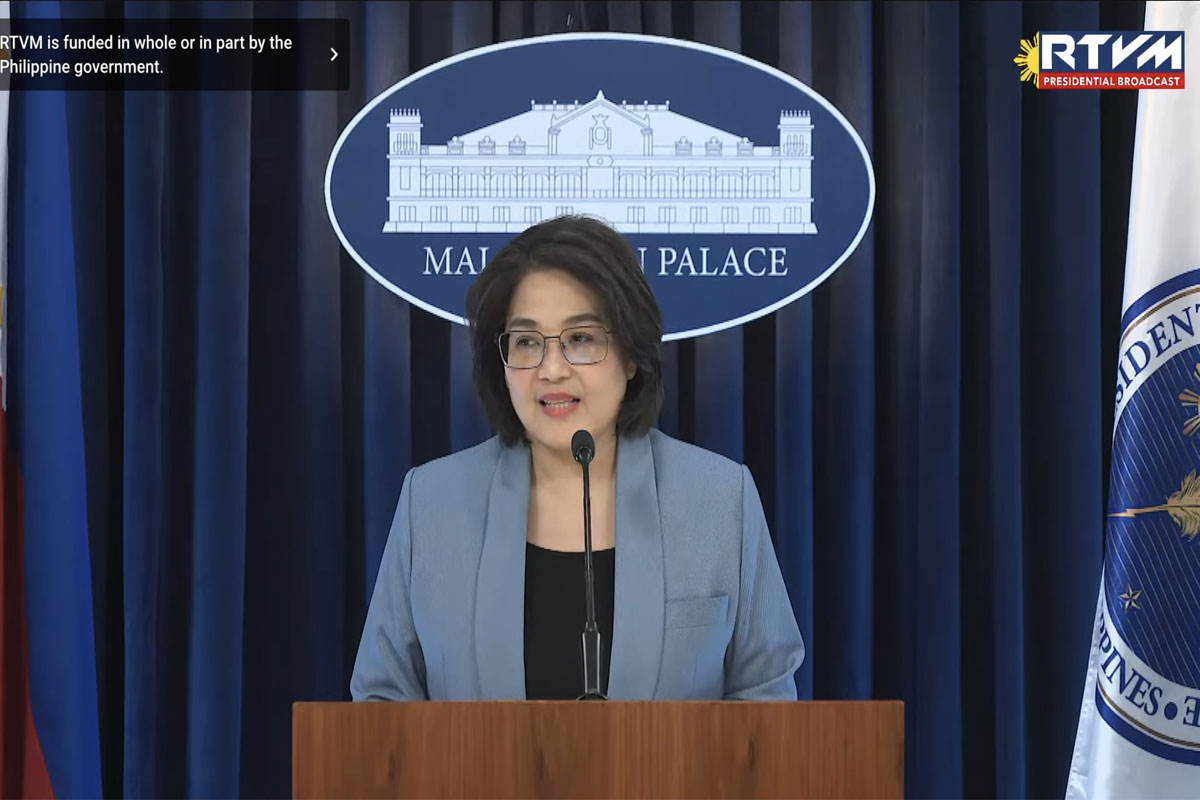 Source: File PNA photo
Source: File PNA photo
Libanan: PH may become top ASEAN manufacturing hub amid U.S. import tariffs
HOUSE Minority Leader Marcelino “Nonoy” Libanan on Sunday said the Philippines stands to gain from the latest round of U.S. reciprocal tariffs, highlighting the country’s potential to become a preferred manufacturing base for U.S.-bound goods.
Libanan described the development as a “huge silver lining” in U.S. President Donald Trump’s April 2 announcement of sweeping new tariffs on imports. While tariffs were initially set at high rates for many countries, the Philippines was assigned a comparatively moderate 17 percent rate.
“This places the Philippines in a uniquely advantageous position,” Libanan said. “We’re looking at a rare opportunity to position ourselves as a low-cost, reliable export hub for the U.S. market—especially in semiconductors and electronics.”
Libanan noted that in a significant turn of events, Trump has since deferred the full implementation of the new tariff rates for 90 days, applying a temporary across-the-board 10 percent tariff on most trade partners to allow for negotiation.
“This window allows the Philippines to push for even lower rates than the initial 17 percent,” Libanan added. “Our government should maximize this opening through strategic diplomacy.”
PH stands out in tariff comparison
Libanan pointed out that the Philippines’ initial 17 percent rate is far lower than those slapped on key East Asian economies: Taiwan: 32 percent,South Korea: 25 percent, Japan: 24 percent and China: 54 percent, rising to 125 percent by April 9.
Among ASEAN members, only Singapore fares better with a 10 percent rate: Vietnam: 46 percent,Cambodia: 49 percent, Thailand: 36 percent, Malaysia: 24 percent, Indonesia: 32 percent, Brunei: 24 percent, Myanmar: 44 percent, and Laos: 48 percent.
“These numbers show why multinational manufacturers may seriously consider relocating operations to the Philippines,” Libanan said. “We are a compelling alternative amid this global recalibration.”
Semiconductors and electronics at center stage
The Philippines is already a regional leader in electronics manufacturing, exporting $39 billion worth of semiconductor and electronic products in 2024, according to the Philippine Statistics Authority.
Libanan emphasized that the country’s well-established electronics and semiconductor sectors are primed to expand, citing major firms with existing operations in the Philippines, including: Texas Instruments Philippines Inc., Samsung Electro-Mechanics Philippines Corp., Amkor Technology Philippines Inc., ROHM Electronics Philippines Inc., Nexperia Philippines Inc., Kinpo Electronics Philippines Inc., Integrated Micro-Electronics Inc., SFA Semicon Philippines Corp., Ibiden Philippines Inc., and First Sumiden Circuits Inc.
“These companies already have the infrastructure and workforce to quickly scale up,” Libanan said. “We should support their growth and attract more players during this pivotal period.”
He urged Philippine trade officials to proactively engage their U.S. counterparts during the 90-day negotiation period, with the aim of securing better tariff terms and expanding export opportunities.
Libanan, a 4Ps party-list representative and member of the Legislative-Executive Development Advisory Council (LEDAC), reiterated that the Philippines’ strong human capital and competitive labor costs make it a natural choice for companies seeking stable production bases for the U.S. market.
















